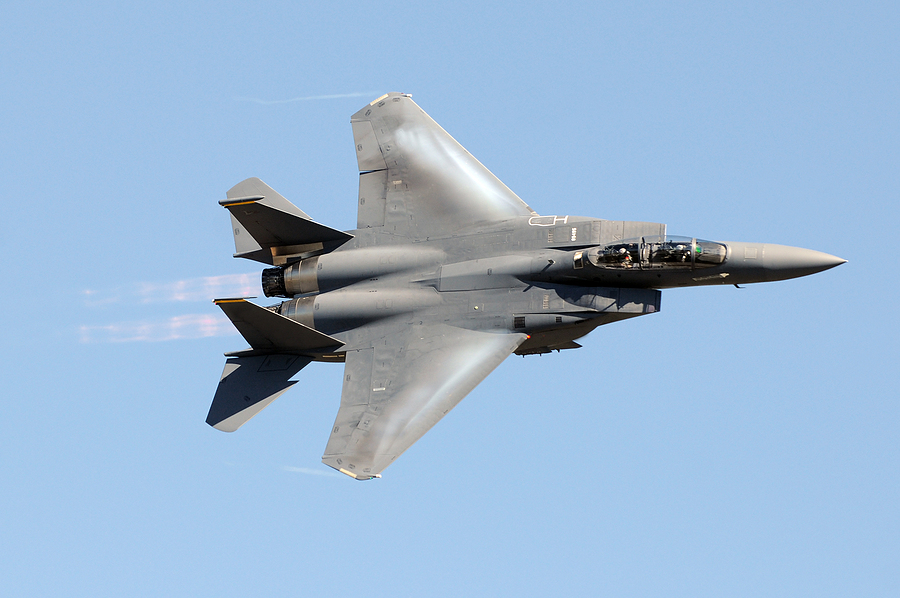
The U.S. military and Japan‘s Self Defense Force said on Thursday they flew fighter jets together over the Sea of Japan in a show of strength after North Korea lobbed three missiles into the waters that separate Japan and the Korean peninsula.
The joint effort also comes days after China and Russia had conducted a joint bomber flight near South Korean and Japanese air space in a sign of strength after Biden had visited the region.
The exercise was meant to “showcase combined capabilities to deter and counter regional threats”, the U.S. military said in a news release. Japan and the United States wanted to show their combined resolve in the wake of North Korea’s latest missile launches, two U.S. officials told Reuters, speaking on condition of anonymity.
North Korea on Wednesday spurred fresh tensions in East Asia when it fired three missiles into the Sea of Japan hours after U.S. President Joe Biden left Tokyo following meetings with leaders from Japan, India and Australia.
One of the missiles, according to South Korean officials, appeared to be Pyongyang’s largest intercontinental ballistic missile (ICBM), with an estimated range of about 15,000 kilometers, enough to reach the United States.
Meanwhile, on Tuesday Japan said it scrambled jets after Russian and Chinese warplanes neared its airspace while Tokyo was hosting the Quad leaders. Tokyo called the drills a provocation.
It was the first joint military exercise by China and Russia since Moscow invaded Ukraine on Feb. 24, according to a senior U.S. official, and it came at the end of Biden’s four-day trip to South Korea and Japan.
“China is not walking away from Russia. Instead, the exercise shows that China is ready to help Russia defend its east while Russia fights in its west,” the official said.
Wednesday’s flight included four American F-16 jets and four Japanese F-15 fighters, according to Japan‘s Air Self Defense Force.
The U.S. military and South Korean forces also conducted combined live-fire tests, including surface-to-surface missile tests, after the latest North Korean provocation.
Copyright 2022 Thomson/Reuters
